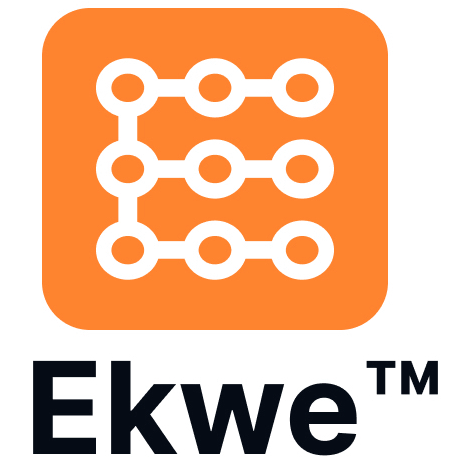Ekwe Pro Tips: Using Ekwe to begin building music improvisation skills
Jeffrey Sugerman
3 minute read
We recently caught up with Joe Kaiser, who teaches cello and chamber music in the Individual Instruction, Group Instruction, Suzuki, and School Partnerships programs at MacPhail Center for Music. Joe works with a wide array of music students, from 4-year old Suzuki beginners to advanced adult players. He has been using the Ekwe app to teach improvisation and group composition skills in two Suzuki classes. Joe starts with the fundamental idea that musical improvisation can be understood as a form of call and response. A musical idea is introduced and then answered. Ekwe creates a fun way to teach and practice improvisation and group composition.
Here is the teaching process Joe has been experimenting with:
Step 1: Introduce the learner to the Ekwe app
This is an easy step. After downloading the app, Joe gives students time to explore Ekwe’s music library and create their own composition to share with the group. “I wasn’t sure if they would be able to use Ekwe without instruction, but it turns out I’m teaching digital natives. They take to it pretty quick.” Some focus on particular instruments or regions others try to make something using every sound available in the library. As they play back their first compositions Joe begins to identify concepts like tempo and structure.
Step 2: Create the foundation
Joe creates a series of 8 measure drones on the Ekwe app using pitched drones that follow a set of chord changes. Students then pick rhythm tracks to put underneath the drones. For example, an 8 measure A section utilizing a Tabla rhythm, an 8 measure B section using a Shekere rhythm, and an 8 measure C section using a Djembe rhythm.
Step 3: Begin the musical conversation process
With the foundation in place, Joe pairs students together and assigns each pair a song section to work on. One student is asked to create a four measure “question” and the other student to create a four measure “response” to the musical question posed. Students experiment and create different versions of the call and response section on their cellos and record themselves playing along with the drone and rhythm tracks.
Step 4: Share the collaborations with the class.
Over multiple sessions the class will listen and select sections to put together for the final composition. Joe uses these moments to introduce basic music theory concepts, but more importantly cultivating an ear for what sounds good together. The 32 bar composition is now ready for the class to learn and play together.
We asked Joe how he might have taught improvisation without Ekwe. He joked that he probably wouldn’t have tried, especially with learners who are in early stages of their musical journey. ‘Ekwe supports teaching music as a language. For most, the joy of music is developing sufficient skills to play with others. Ekwe is a digital platform to make practicing and learning more fun. It’s not just you and your instrument alone for hours. This is where acoustic and digital music can live together very happily.
Learn more about Ekwe at the MacPhail Center for Music here.
